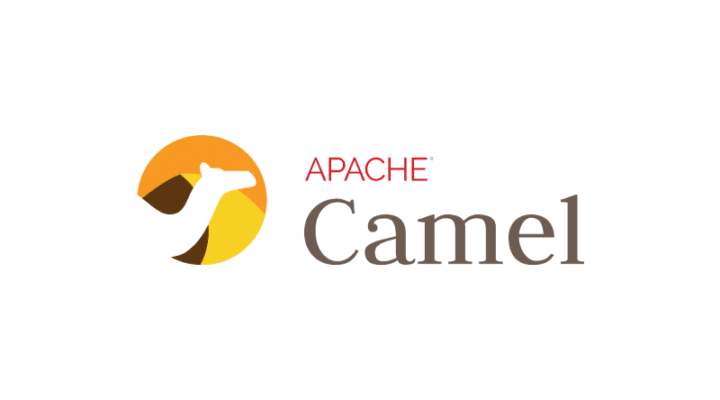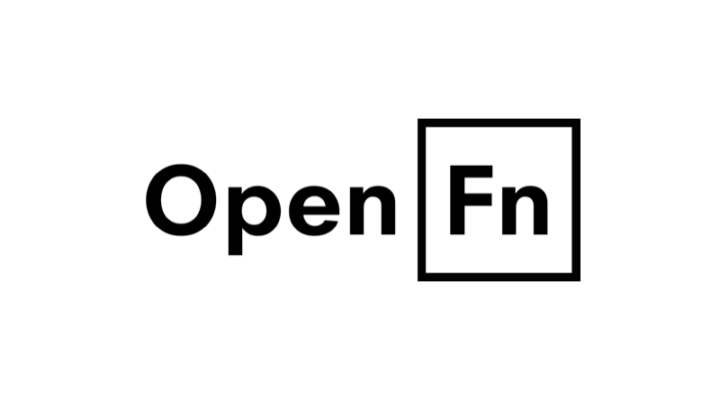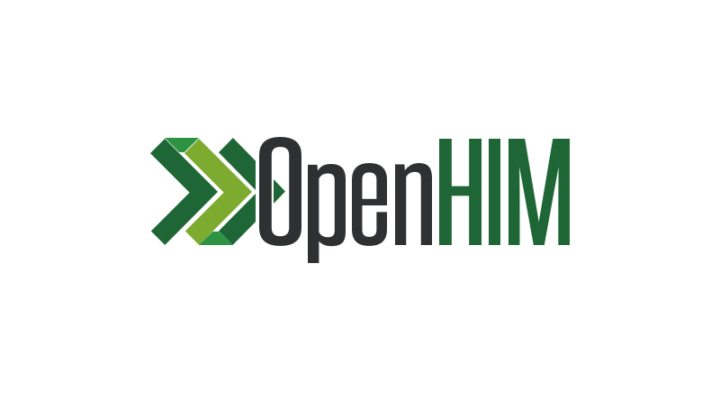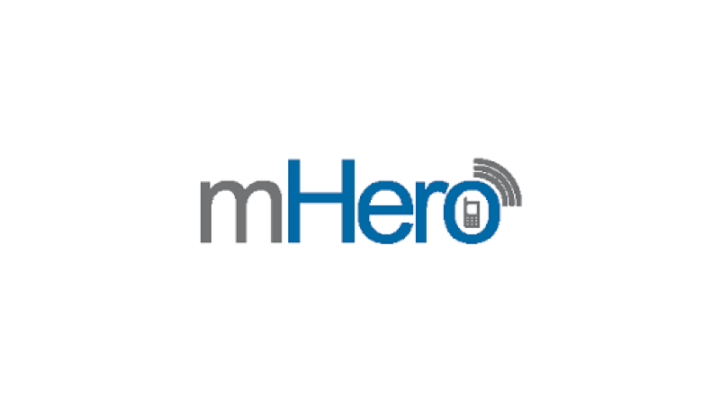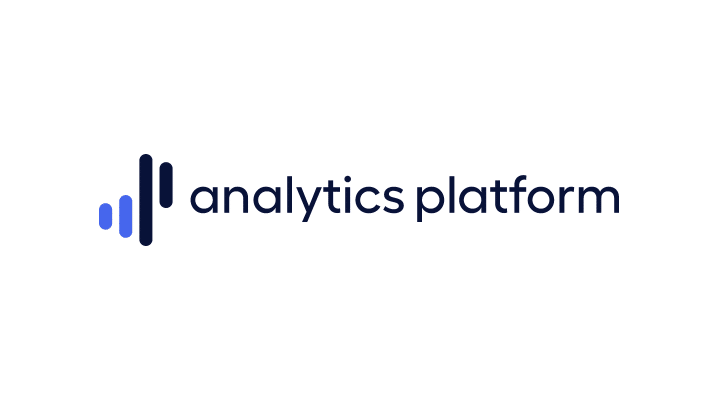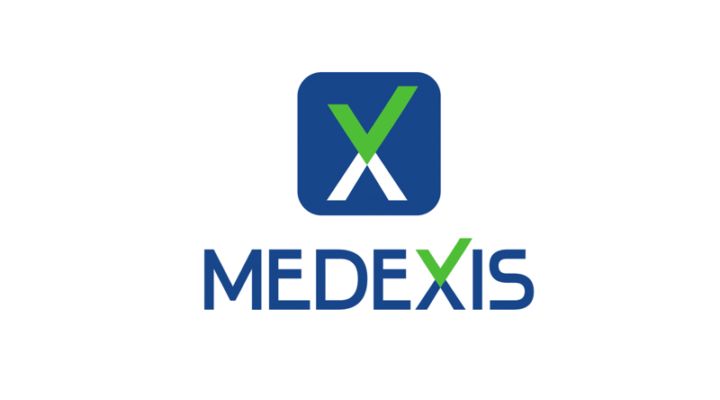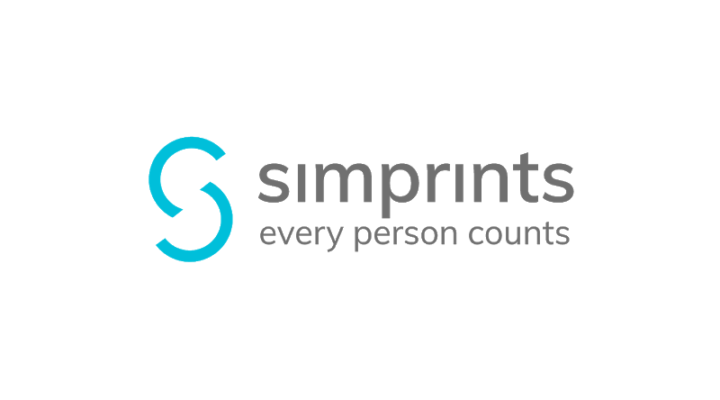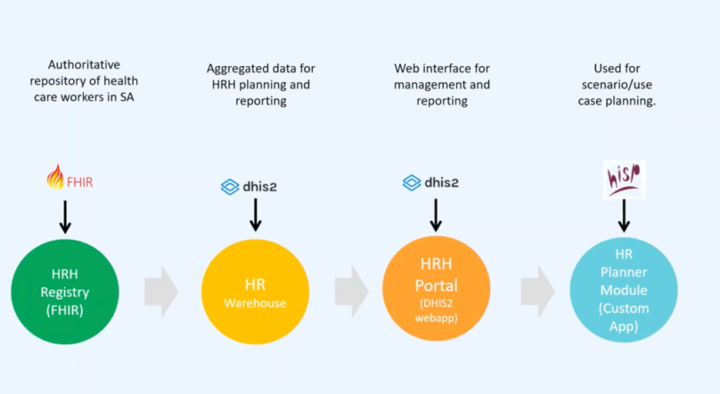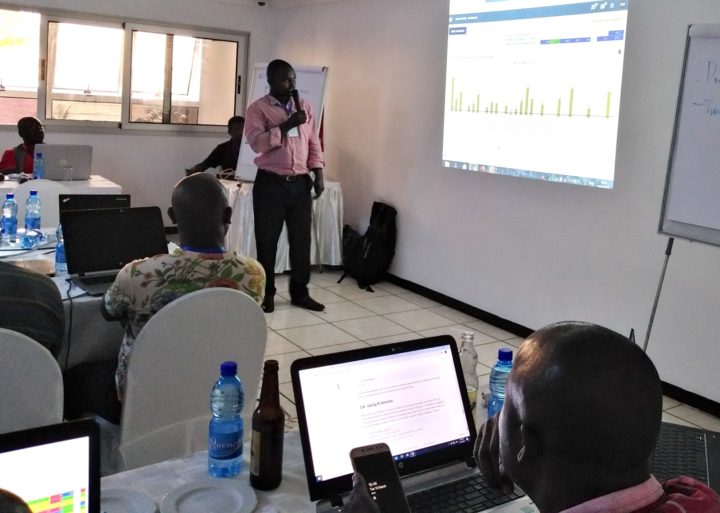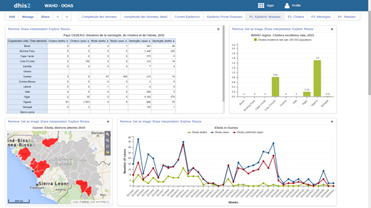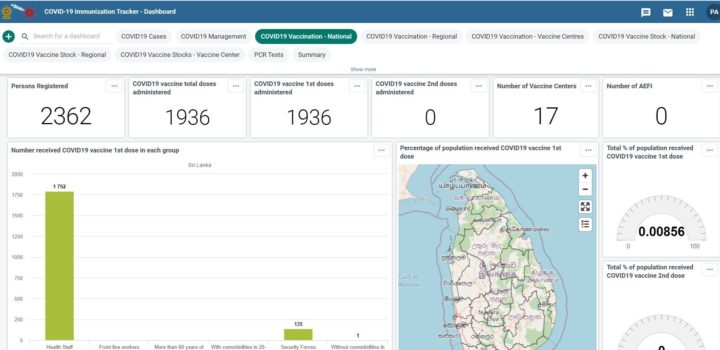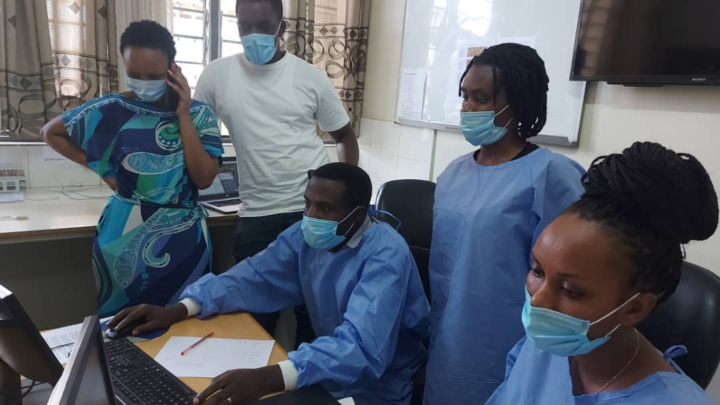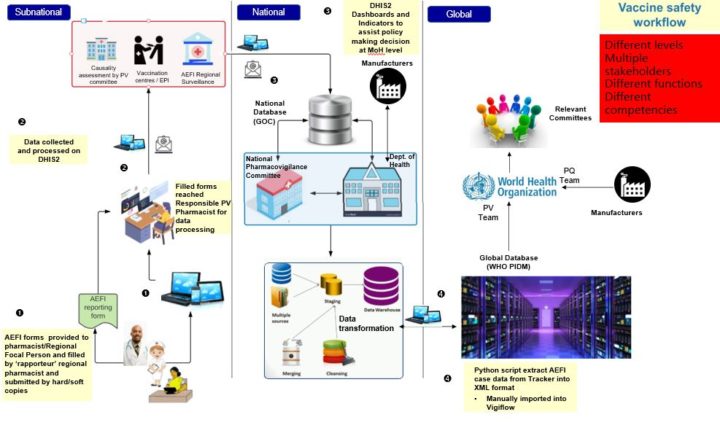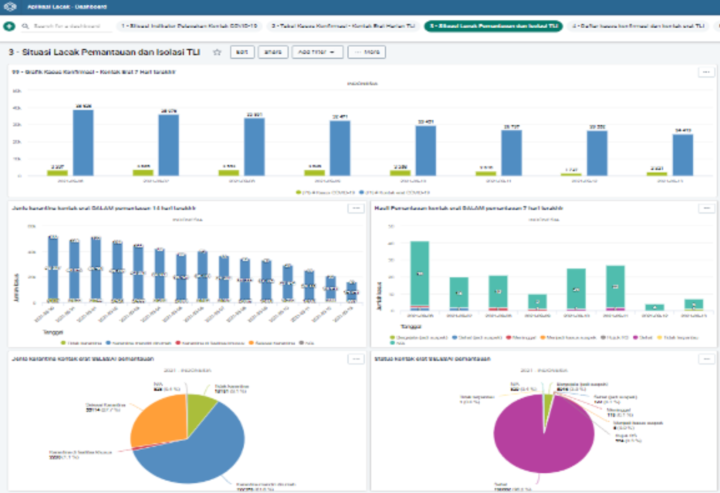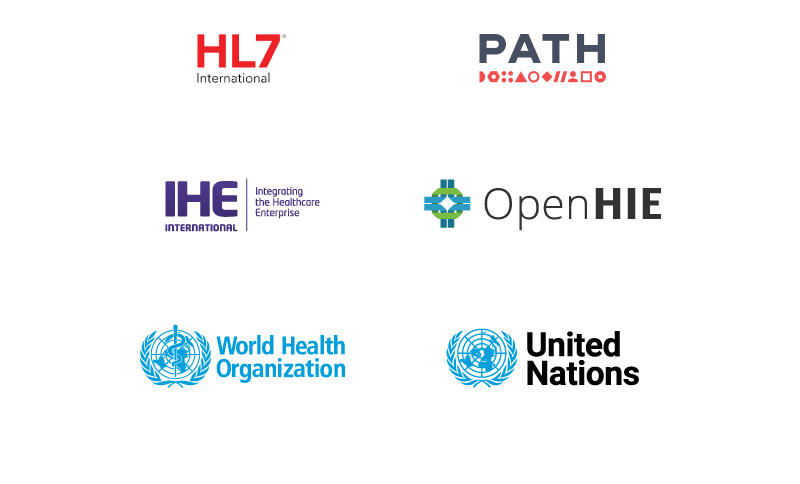The digital health ecosystem includes a diverse selection of systems and tools for collecting, storing, and using data. In many cases, these systems have their own data structures and design frameworks, and as a result much of the information collected using them is stored in silos. This makes it challenging for Ministries of Health and other organizations to analyze their data across programs and sectors, hampering their ability to make data-driven decisions. Two related concepts that can help address this challenge are integration — the process of unifying multiple different information systems so that they function as one — and interoperability — alignment between independent systems so that they can share data with each other.
HISP UiO supports integration and interoperability as practices that can help countries achieve their goals of strengthening health information systems through more effective data use. As such, we have designed DHIS2 as a platform that can receive and host data from different sources and share data with other systems and reporting mechanisms. This has led to the adoption of DHIS2 as a data warehouse in a number of countries, as well as purpose-driven integrations between DHIS2 and logistics, lab, population and other information systems. The HISP network also develops country capacity for designing and implementing system integrations, and participates in a number of initiatives aimed at increasing interoperability through development and support of global standards.
On this page, you can find information on integration and interoperability with DHIS2, including common use cases, available tools, and real-world examples. For information on FHIR integration, visit our DHIS2 and FHIR webpage. For technical guidance on implementing integration projects, see the DHIS2 integration documentation on the DHIS2 Developer Portal and read about Integration Concepts section of the DHIS2 Implementation Guide. You can also find videos related to DHIS2 integration and interoperability in the Integration playlist on our YouTube channel.
